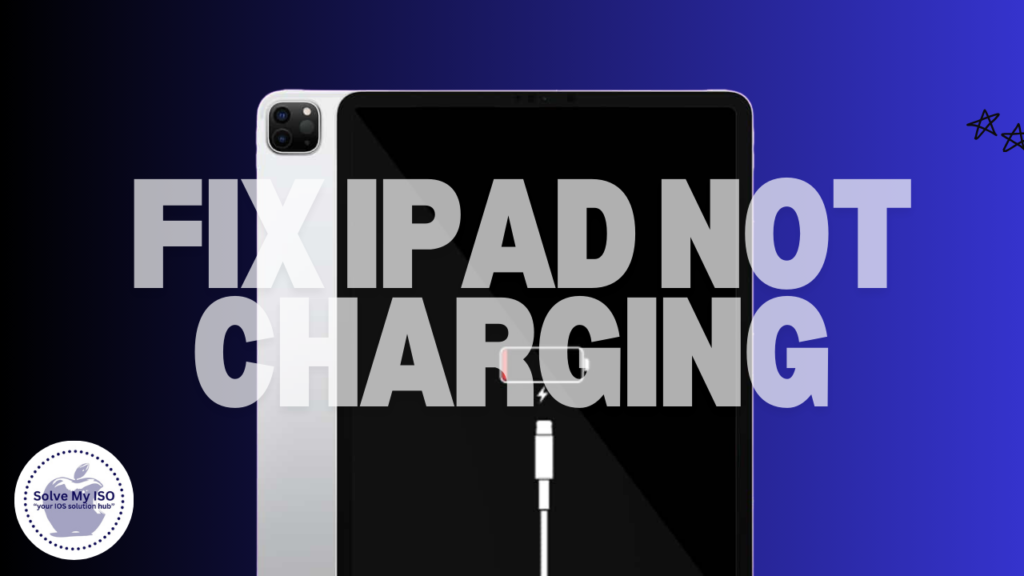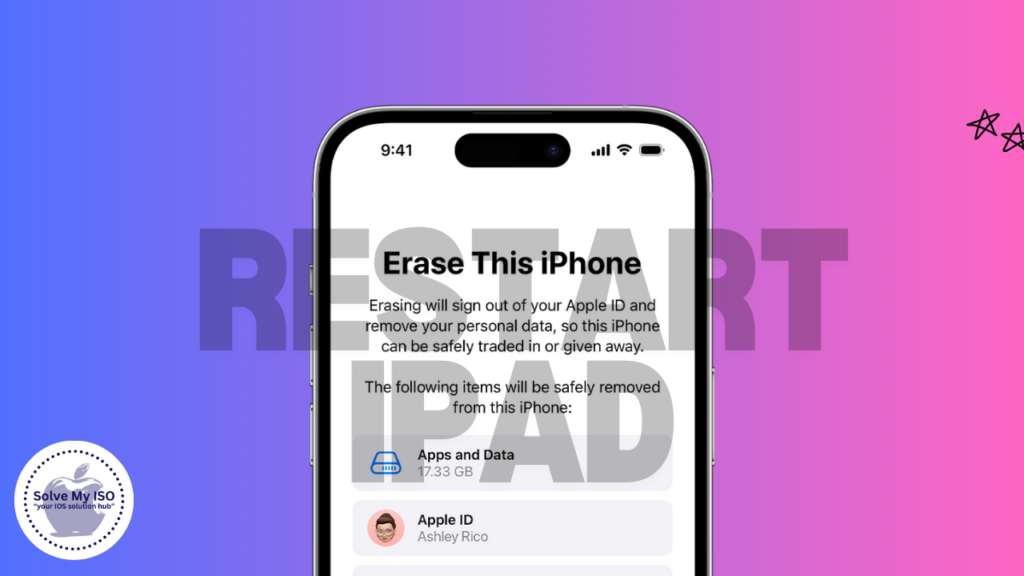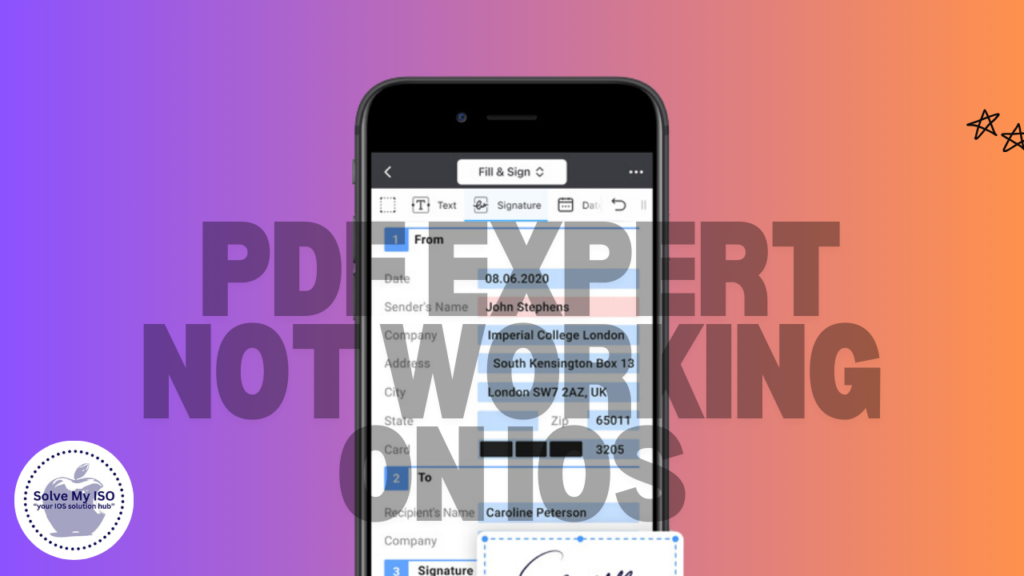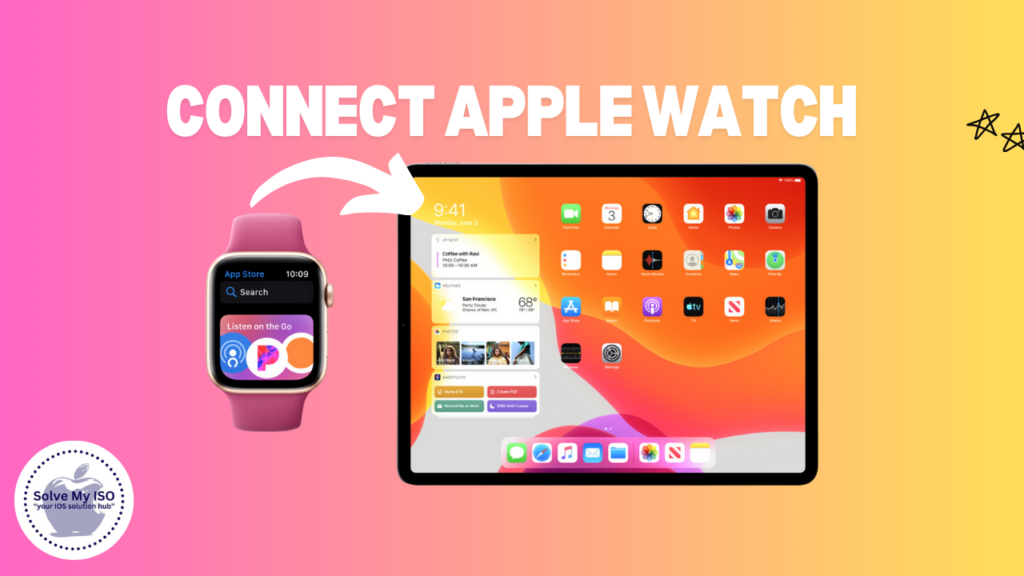
Experiencing your laptop suddenly refusing to turn on can be incredibly frustrating. Whether the issue stems from a software glitch or a hardware failure, being unable to access your device can disrupt your entire day. In this article, we’ll provide you with essential troubleshooting steps to diagnose and potentially fix iPad not charging issues, helping you get it back up and running quickly. Discover how to resolve common problems and restore your laptop’s functionality with our easy-to-follow guide.
Step-by-Step Troubleshooting Guide
Step 1: Check the Power Supply
- Check if the power outlet is functioning properly.
- Examine the charger and cable for any signs of damage.
- Try using a different power source or charger to troubleshoot the issue.
Check out Apple’s official guide on power issues.
Step 2: Perform a Hard Reset
- Disconnect your laptop from all power sources to ensure a safe reset.
- Press and hold the power button for 30 seconds. This helps clear any temporary settings and refresh the system.
- Reconnect the power supply and try to power on your laptop.
Step 3: Check for Battery Issues
- First, remove the battery from your laptop if it’s removable, and attempt to power it on using only the power adapter.
- If your laptop turns on without the battery, it likely indicates that the battery needs to be replaced. This simple troubleshooting step can help you identify power issues quickly.
Learn how to troubleshoot battery issues on Apple devices.
Step 4: Inspect for Display Issues
- Confirm if your laptop powers on while the screen stays blank.
- Connect an external monitor to determine if the issue is with the display.
Troubleshooting a blank screen on a MacBook
Step 5: Listen for Beep Codes
- Laptops frequently utilize beep codes to signal hardware failures, which can help in troubleshooting.
- To effectively diagnose your laptop issue, search for the specific beep codes associated with your laptop brand. Understanding these codes can simplify the process of identifying and fixing hardware problems.
Step 6: Test the RAM
- If you feel confident, start by opening your laptop to reseat the RAM modules.
- To troubleshoot effectively, test each RAM module one at a time to determine if any are faulty. This step is crucial for optimizing your laptop’s performance and ensuring smooth operation.
Step 7: Check for Overheating
- Overheating issues can prevent your laptop from turning on.
- To prevent this, regularly clean the vents and fans to maintain proper airflow and enhance laptop performance.
Tips on keeping your MacBook from overheating.
Step 8: Seek Professional Help
- If the laptop still won’t turn on, it might be a more serious issue, like a failed motherboard or hard drive.
- Consult a professional technician or the laptop’s manufacturer.
Contact Apple Support for hardware issues.
Additional Tips
- Backup Regularly: Always keep your important files backed up to avoid data loss.
- Keep Your Laptop Clean: Dust can clog vents and cause overheating.
- Use Surge Protectors: To protect your laptop from power surges, always use a surge protector.
- Handle with Care: Physical damage can lead to internal issues that might prevent your laptop from turning on.
Conclusion
Facing a laptop that won’t turn on can be frustrating, but you can often diagnose and fix the issue yourself by following these simple troubleshooting steps. Start by checking the power supply to ensure it’s functioning properly, then inspect the internal components for any visible problems. These steps address the most common reasons why laptops fail to power on. If you’ve exhausted all options and your laptop still won’t turn on, it might be time to seek professional help. For expert assistance, visit Solve My IOS for reliable solutions and support.


